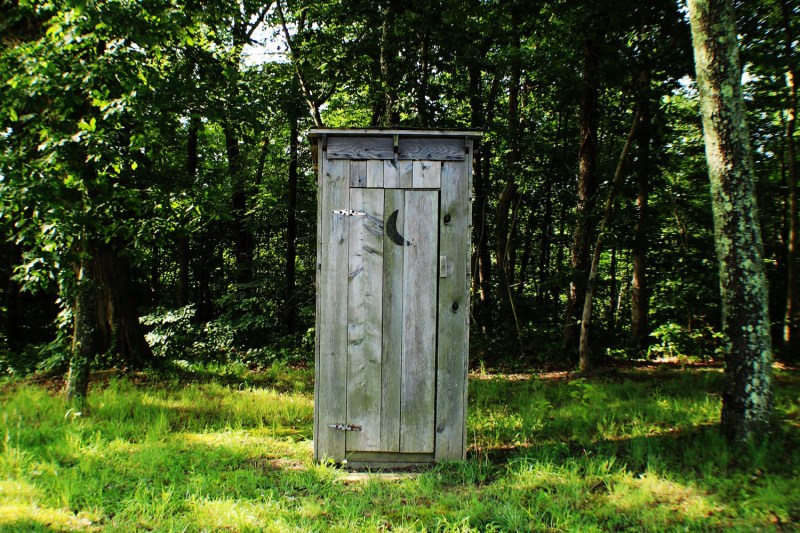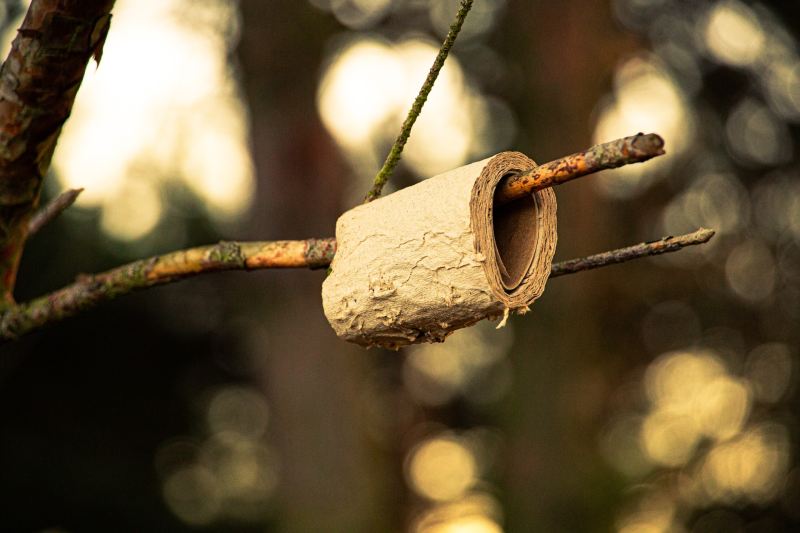
Maybe you’re looking to save the environment one sh** at a time or you prefer to steer clear of danger while doing manly things in the wilderness. Either way, this guide on how to poop in the woods will probably come in handy sooner or later.
Until 206 B.C., which is believed to be when China invented the first water closet system (what we call outhouses today), man was pooping in the woods without a care in the world. But there came a time when defecating among the wilderness creatures indiscriminately just didn’t seem civil anymore. Soon after, pooping in the woods became unpopular because it attracted predators, made it hard to create a community with such waste, and quite simply smelled really, really bad.
Now, the average person poops at least once a day. The real problem isn’t only all that waste but what can also be found in any typical campsite or natural wilderness area — countless wads of toilet paper. Do bears sh** in the woods? Sure they do, but they don’t clean up after themselves with rolls of plush white TP like the Charmin Ultra commercials would have you believe. This is human waste that’s disposed of in the wild, which is both disgusting and detrimental to the environment.
At home, most of us have access to modern bathroom facilities on the daily. But there will come a time when you really need to go, and there may be no latrine in sight. Depending on your location and estimated stay time, your method to find the perfect defection spot may differ, but the major points will always be the same. We’ve gathered some tips and info on how to poop in the woods here for you, to make sure your disposal is clean, safe, and environmentally friendly.

Disposal methods
Unlike the simplicity of the “flush-and-forget” plumbing in your house, there is more than one way to dispose of your feces in the wild. Here, from best to worst, we’ve listed the methods that minimize possible water contamination, trick hungry animals such as bears and raccoons, and minimize the impact on the world around you.
Use a portable composting toilet
When considering how to poop in the woods, the next best thing to your toilet at home is, well, a toilet in the woods. If you’re car camping or overlanding where the weight or bulk of your gear isn’t a concern, consider a portable composting toilet. They’re lightweight, compact, and work almost like a residential john (sans your fancy bidet seat). Best of all, if used properly, they don’t smell and can go for days without needing to be emptied (seriously). There are dozens of options to choose from, but we’re big fans of Trelino and its ultra-portable Evo series that’s perfect for RVers, car campers, and van lifers.
Take it with you
This might seem unflattering and gross, but it’s the best way to keep the environment pristine. In many places across the U.S., rivers and streams are common, and finding an appropriate location to go may be difficult. That’s where something like a Cleanwaste portable toilet from WAG comes in handy. It’s an all-in-one kit with reliable hand sanitizer, toilet paper, a secure zip-close disposal bag, and deodorizing materials. In lieu of something like a portable composting toilet, this is the best way to ensure you leave the environment free of disease.
Dig a cat hole
If the portable loo disinterests you, you’ll need a shovel like this durable, easy-to-transport Coghlan’s backpackers trowel. If you’re in a flat landscape and at least 200 feet (if not more) from a water source and able to dig a hole (also known as a “cathole“) about six to eight inches deep — do it. Always dispose of your poop in the ground and cover it with dirt, twigs, leaves, or other organic matter.
This way, your trail mates can’t unintentionally transport your remains and spread disease, and it won’t be easy for animals to track it. Good ol’ plain, white, unscented toilet paper is the only socially acceptable waste item to bury with your poop. (But when in doubt, pack it out)
Note: If you’re camping, ensure you are also at least 300 yards downwind from your site before doing your business. It’s important to keep threats away from your livelihood and food supply.
Alternatives
Maybe you’re scaling a cliff or in a rocky area where digging a cathole isn’t an option. Then, alternative methods might be necessary. If you need to go number two while rock climbing, you could toss your feces down the mountain to dispose of it. (Hey, we never said these tips would be pretty.)
If you’re on a rocky hillside and can’t find sufficient digging dirt, the appropriate form of disposal would be to wipe your remains on a rock to let UV rays do the sanitizing.
Yes, these are not the most ideal forms of disposal, nor are they encouraged in any way. But, if you’re mindful of the water sources and possible people below you, you’re likely to cause little harm.
Tip: If you have nothing to wipe with, don’t reach for the leaves first. Believe it or not, a smooth rock will be your best bet to clean up after yourself. Like the alternatives above, this should be your last option.
Now, whenever your bowels come a-knockin’ unexpectedly in the wild, you’ll have many combat methods to put into practice. Just make sure you always have some good body shower wipes in your backpack. Good luck!


